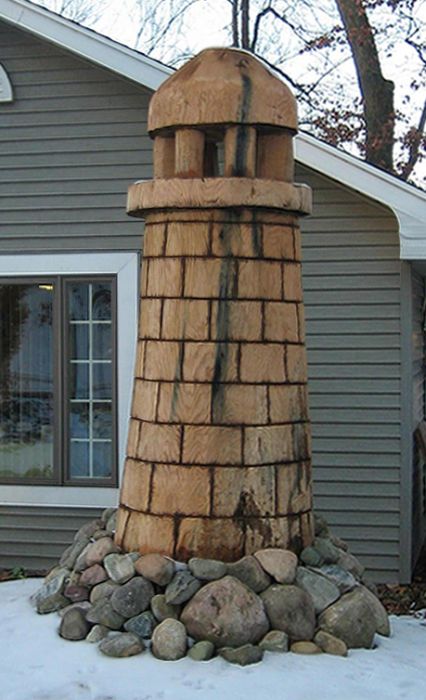Lightness Variation in Bookmatched Veneer Panels
Because of grain differences, the way bookmatched sawn veneers reflect light varies depending on their orientation. It's called "chatoyance" — but what can you do about it? May 24, 2006
Question
We have to stain architectural veneer red oak, rift cut, book match panels that are on an MDF substrate to match stained solid red oak doors. When we apply the stain, one side is darker than the other. Because of the way the veneer is applied to the panels it is taking the stain differently. I have tried explaining to my boss that it is the nature of the panels and not something we are doing. He wants them to be exact. Is there any way, besides glazing, that we can get the same color on both sides? Can we just glaze and not apply the stain?
Forum Responses
(Finishing Forum)
From contributor S:
Are these veneered panels part of the solid doors? Are you using the same stain on both sides? Also, what type of stain are you using and what grit are you sanding to? We need more details.
From the original questioner:
We are sanding to 220. The panels surround the door, not on it. The veneer is laid with the grain running one way (up and down) on one side and the other way on the other side (down and up). So if you turn them over the darkness is on the other side (if that makes sense). They are matched in the middle but you can not see where that is. The stain is the same on both sides, but not the same as what was put on the solid oak. That did not match at all. It is a wiping stain.
From contributor R:
This is an issue when trying to stain a book match project and your description is dead on. One flitch goes up and the next flitch goes down, hence the color difference. Continue with your staining. Once everything is stained give it a coat of sealer. Lightly sand the sealer coat and re-stain just the lighter flitches with the same stain. On a scale of one to ten this fix is about a two.
From contributor T:
You could finish them "natural" and still enjoy the blessing of chatnoyance at work. One major issue is that in all rotary-cut veneered book-matched panels, one (half) face is tight grain and the other is loose. They will stain differently, but you have seen that when inverting or reversing the panels the appearance of light and dark reverses.
In some lay-ups people will call it the barber-pole effect. Even in sawn veneer, without the tight/loose aspect, one face is the "mirror" image of the other but presents the structure of the wood fibres and pores sliced through those elements, each (half) face presenting different reflective/refractive qualities.
We have people confuse chatnoyance with blotching. I know I haven't helped solve your problem, but understanding what you're trying to defeat may aid. It sounds like you need a bag of tricks involving spraying dyes, toners and shading. There are many posts here on those methods to prevent/minimize blotching, and while I'm a big fan of glazing, it's more labor and I think less likely to work for your task.
From contributor S:
I understand now. You would have better balance if you were able to use a spray stain made with pigments, not dyes. This will soften the appearance between the two - the wetting of the wiping stain is the biggest culprit. You also could use a shading lacquer to soften further.
From contributor G:
My suggestions are to try a schedule of sealer, spray toner and then wipe stain on top. With red oak, straight spray stain alongside wipe stain looks totally different. Wouldn't it be nice if they ran ideas past the finishers before going ahead and building things?
Here is a Knowledge Base article about color and shade issues that should be able to help.
Color and Shade Issues
